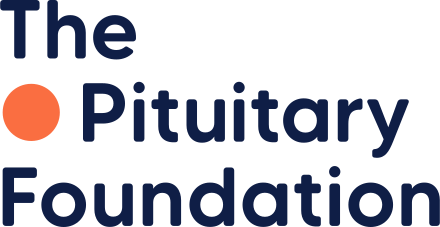An opportunity is available to be involved in a PPI (Patient & Public Involvement) research group, to help shape future research into imaging techniques for pituitary disease. Currently, the NHS uses techniques like MRIs to be able to identify pituitary adenomas. This group is being created to help improve research in this area by looking into techniques such as advanced MRIs and innovative nuclear medicine.
Dr Russel Senanayake, a consultant endocrinologist based at Guy’s & St Thomas’ NHS Foundation Trust, is looking to recruit up to 8 pituitary patients to become active members of this PPI research group.
What does this group aim to do?
The aim of this group is to help improve future research into pituitary adenoma imaging techniques. By having better technologies to detect pituitary adenomas, we can hopefully diagnose and treat them sooner and improve the experience of patients undergoing diagnosis.
The purpose of this group will be to:
- Provide feedback on research grant proposals, including reading the ‘lay summary’ of the research to ensure that it is understandable to the general patient population
- Help shape the way that research grants through providing feedback on the grants
- Help shape how research studies involving pituitary patients are designed, by providing lived experience insights
- Provide ideas for future pituitary research and be actively involved in developing these ideas
What will being a group member involve?
The group will aim to meet at least once a year, in London (likely at a conference site at Guy’s and St Thomas’ Hospital or King’s College London). There may also be work required outside of in-person meetings, but you will be compensated for this.
By being involved, you will receive:
- All expenses fully paid, including travel, compensation for time spent outside of meetings to review research proposals, necessary childcare expenses and meals/refreshments for in-person meetings
- The chance to gain research experience and be part of developing new forms of pituitary imaging, along with new medical and surgical treatments for pituitary conditions
- Active involvement in the design of grant proposals by volunteering to be a patient co-applicant. You will be named on the grant proposal as part of this
Who can apply?
You don’t need to have any previous experience of research to be involved in this group.
If you are interested in being part of this research, please complete this online form. It should take no longer than 10 minutes to complete. If you have any questions about this research, please email [email protected]. Alternatively you can also use the ‘Any questions’ section of the online form to submit your queries.







